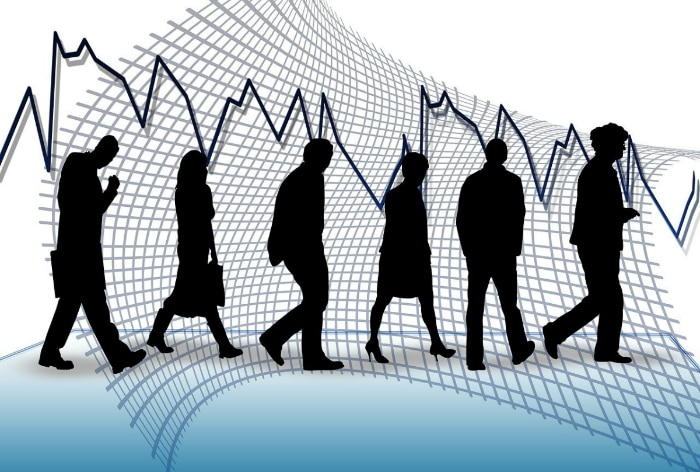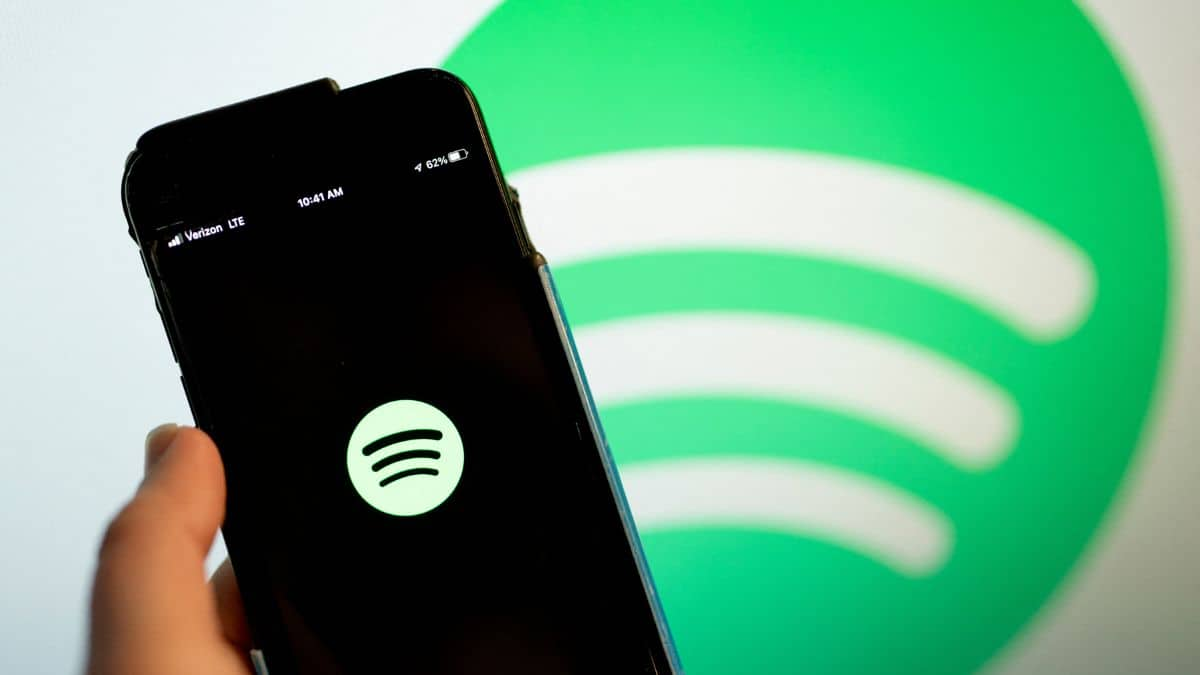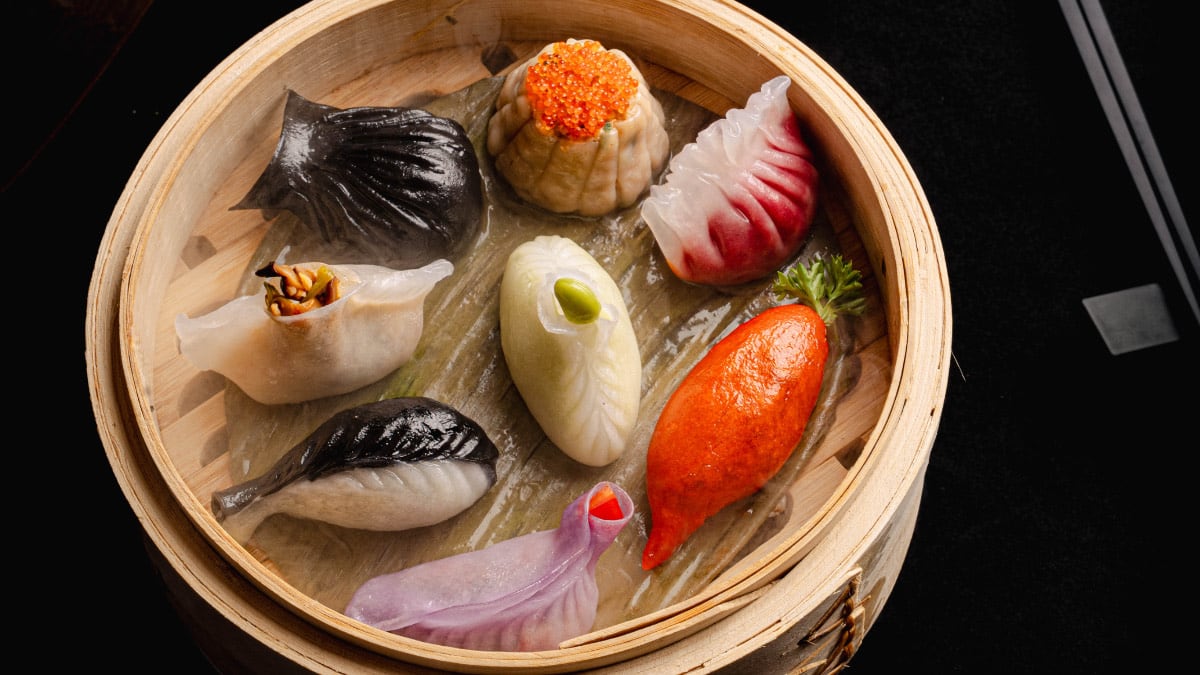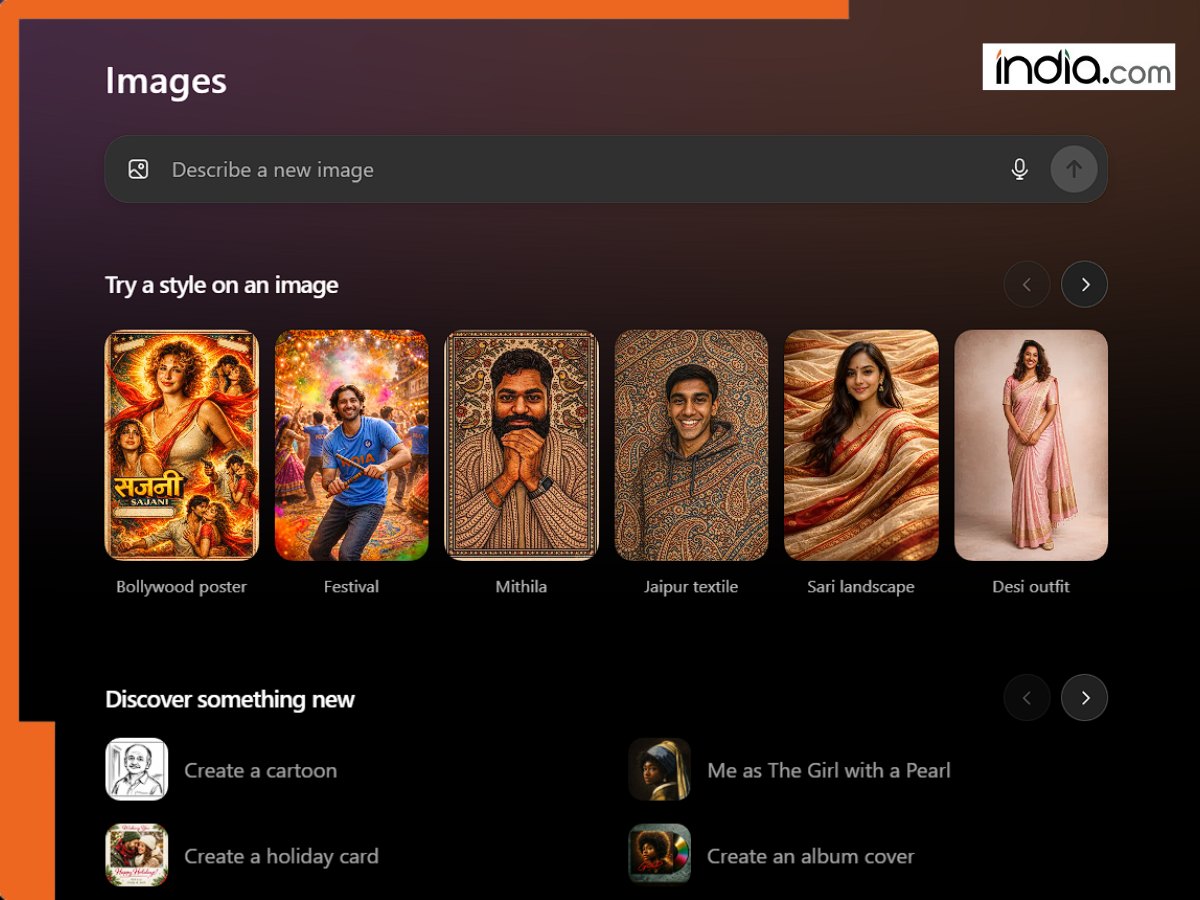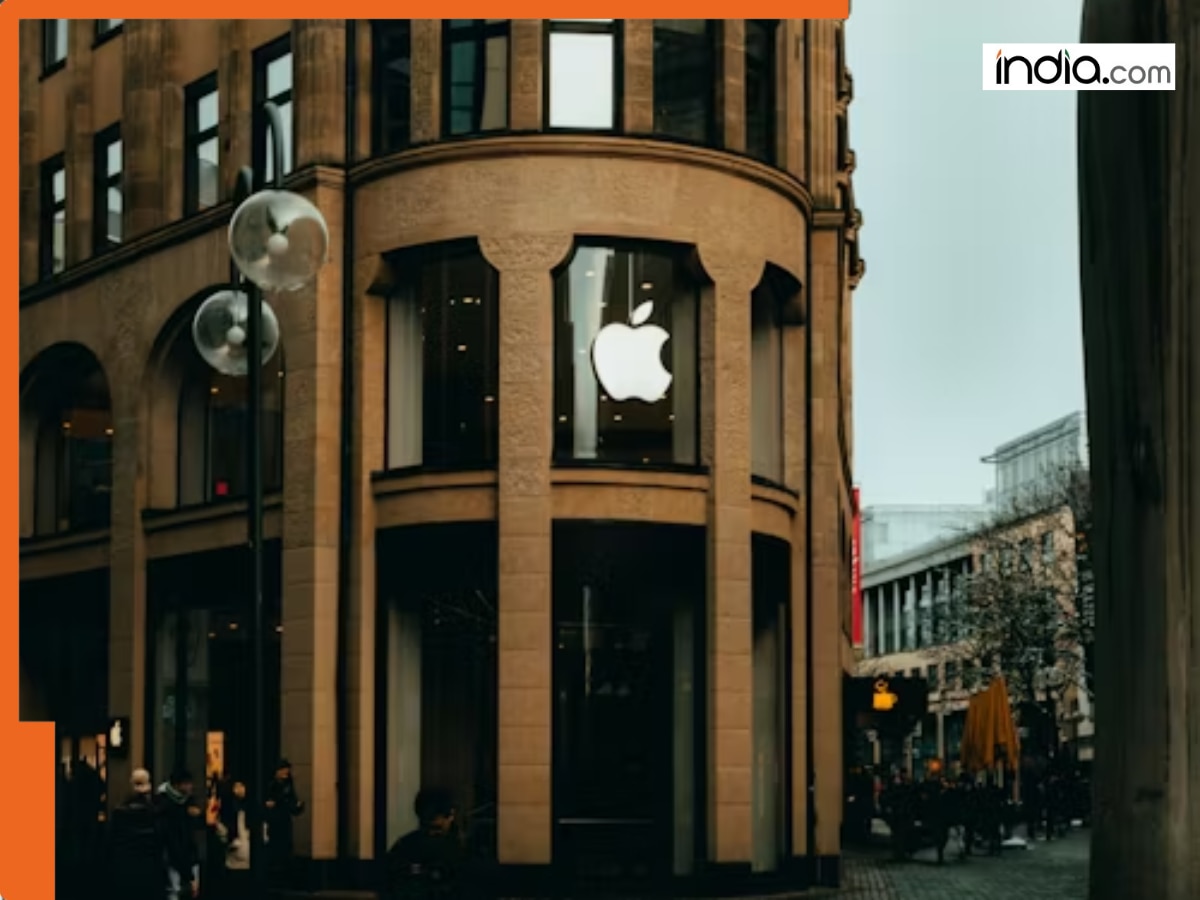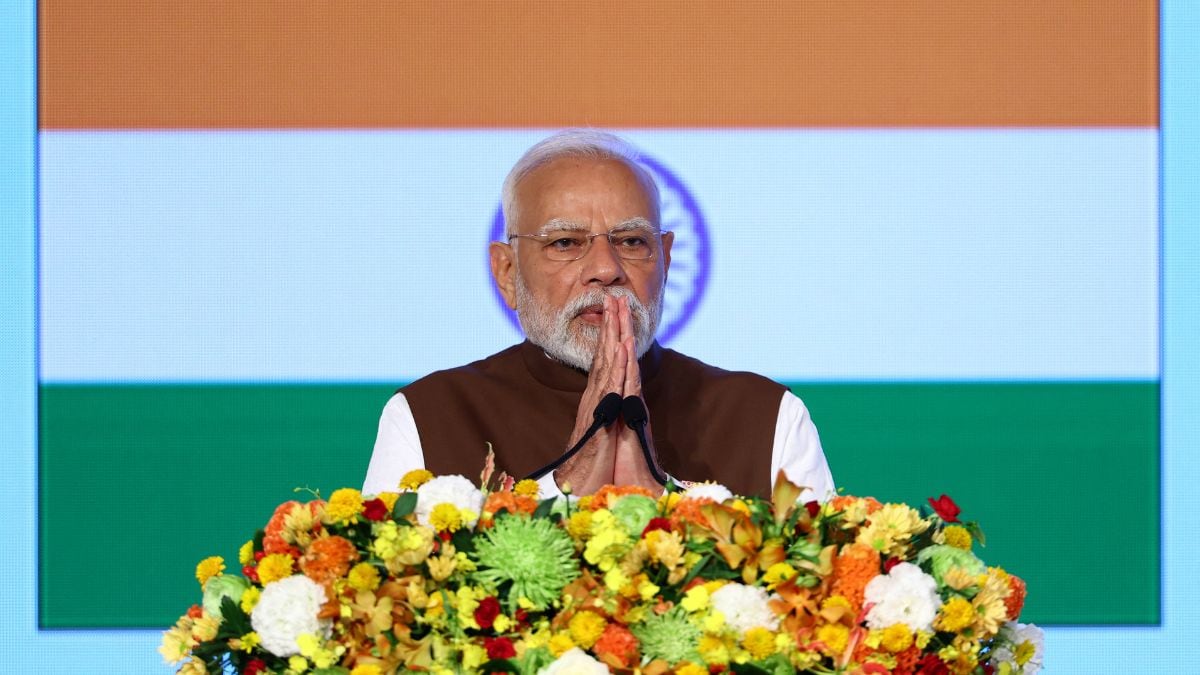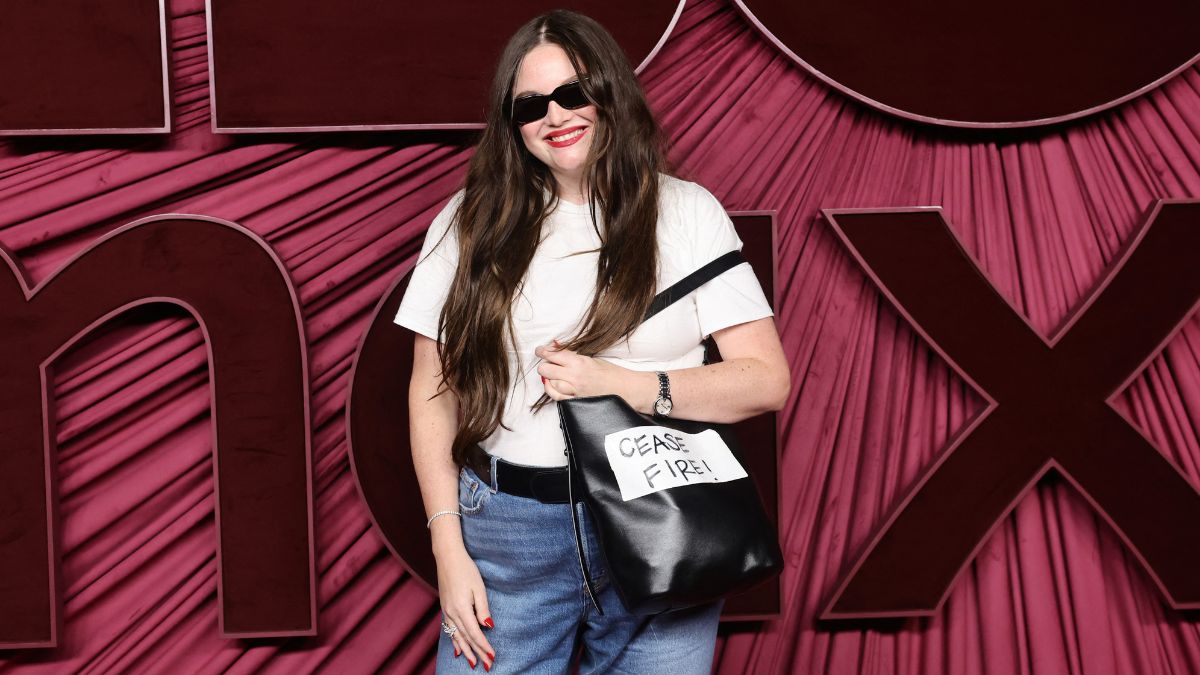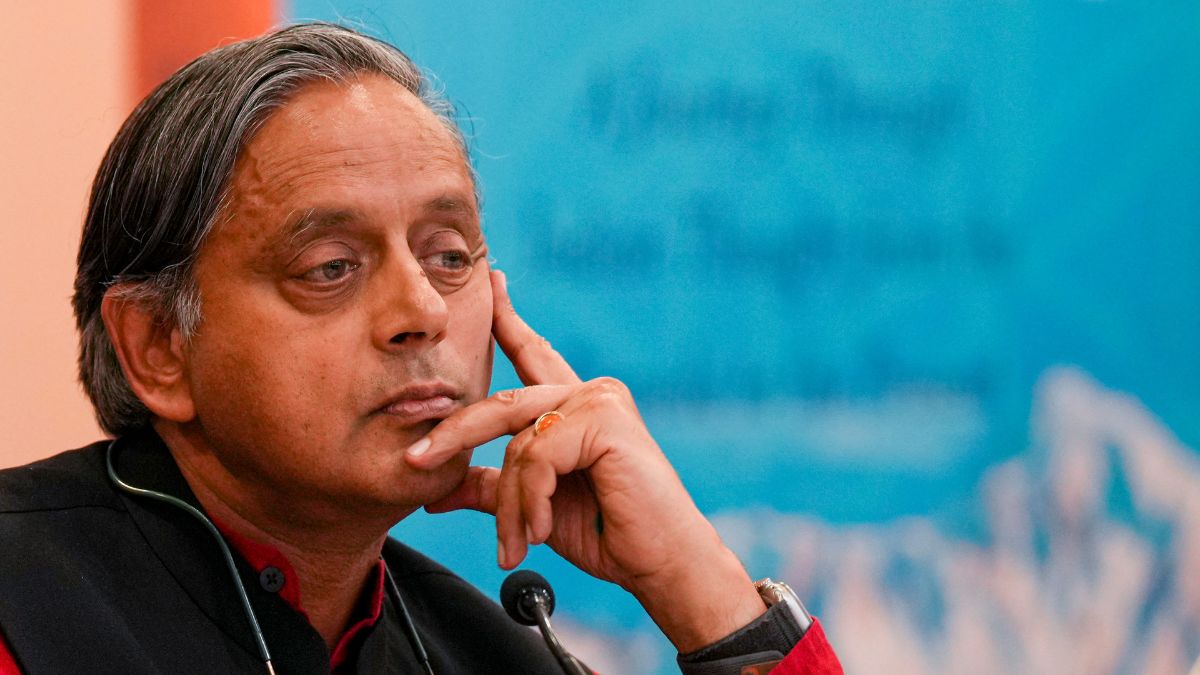Our relationship with alcohol is fraught. Ancient customs might inspire a reset
As evidence of alcohol's harms mounts, some people are testing out sobriety. Look to ancient civilizations' ways for a reset, scholars suggest.

Sober October is upon us. The month provides an opportunity to drink less, or not at all. But for people evaluating their long-term relationship with alcohol, what happens once the month is over?
Back in the heady 1990s and 2000s, word on the street was that a drink or two a day, especially red wine, was good for health. “Everyone loved that story,” says Anya Topiwala, a psychiatric researcher at the University of Oxford.
Now the pendulum has swung. Drinking even a few times a week has been linked with numerous health problems, particularly cancer. Some public health agencies, the World Health Organization included, now say no amount of drinking is safe. Current U.S. guidelines suggest a maximum of two drinks a day for men and one drink a day for women.
Those guidelines are due for an update this fall. So U.S. health officials will have a choice: stick with the status quo, follow WHO’s lead or chart a different course.
It’s complicated. Even researchers who believe drinking can cause health problems, or shrink life spans, aren’t necessarily advocating for teetotaling.
Topiwala’s September study in BMJ Evidence-Based Medicine showed, for instance, that even light drinking increases a person’s risk of developing dementia, with that risk rising alongside the quantity of alcohol consumed. Topiwala simply wants people to be aware of that drinking-dementia link. Many people still don’t realize that the narrative around drinking and health has changed, she says. “I’m not telling people not to drink. But to make an informed choice, you have to know the evidence.”
And maybe history can be informative, too. After all, humans have been drinking for millennia. While less core to human progress as, say, fire or the emergence of agriculture, drinking likely bolstered cooperation, creativity and social bonding, historic and anthropological accounts suggest.
Yet ancient drinking practices bear little resemblance to drinking practices today, says philosopher and psychologist Edward Slingerland of the University of British Columbia in Vancouver. Perhaps, he says, those who choose to drink today should take their cue from the ancients.
Booze, creativity and cooperation
Scholars have long debated why people drink. A prevailing theory is that the ethanol in alcohol hijacked a reward system in the brain that evolved to enhance certain behaviors, such as those related to motivation and learning. Given the social and health-related harms associated with alcohol, drinking was, in that view, a painful evolutionary accident, or mistake, says Slingerland, author of the 2021 book Drunk: How we sipped, danced and stumbled our way to civilization.
Slingerland, whose work tends to sit outside the mainstream, rejects that idea. Some evolutionary mistakes, such as seeking sexual pleasure through masturbation instead of intercourse, persist because they cost very little in terms of survival, he says. Humans have both masturbated and reproduced without issue across the ages.
Costly mistakes, meanwhile, tend to die out. Humans’ taste for alcohol had an opportunity to do just that.
The alcohol flushing response is a genetic mutation thought to have evolved some 9,000 years ago in southern China alongside rice domestication, researchers reported in the 2010 BMC Evolutionary Biology. The response, which affects over a third of East Asian people, includes a flushed face, nausea, rapid heart rate and headaches. Researchers suspect the mutation protected people from consuming too much fermented rice, or rice wine.
“If our taste for alcohol was an evolutionary mistake, then that mutation should have spread everywhere,” Slingerland says.
He suspects the costs of drinking, including violence, addiction and disease, were offset by the benefits. Consider the human brain, Slingerland says. The prefrontal cortex, which doesn’t fully develop until the mid-20s or so, gives people the cognitive control to do adult things like pay their bills and get to work on time. But that same control can impede creativity, research shows. By dulling prefrontal activity, booze can free people to write poetry and make art, Slingerland says.
More than a creativity amplifier, Slingerland posits that drinking and loss of executive control may also have helped humans get along. Other primates don’t tend to cooperate with those they aren’t related to and strangers, he says. “How do [humans] trust each other? I argue one way is alcohol.” Nowadays, that cooperation could look like a business deal between strangers, Slingerland says. “If I sit down with you and we have a few drinks, I’m voluntarily cognitively disarming.”
Ancient drinking patterns
While tantalizing, Slingerland’s “drunk hypothesis” is hard to test. Researchers, though, are trying. One team recently dug into the literature on 186 preindustrial societies from around the world to see if the presence of alcohol correlated with more complex societies. Societal complexity was measured on a scale from 1 for no formal leaders to 5 for centralized, hierarchical governments.
About half the societies in the sample drank, the team reported in July in Humanities and Social Sciences Communications. And drinking correlated with about a third of a point increase in societal complexity.
“There is an association between presence of alcohol and higher political complexity, but the effect is rather small,” says evolutionary anthropologist Václav Hrnčíř of the Max Planck Institute for Evolutionary Anthropology in Leipzig, Germany. His team suspects that alcohol is just one factor that facilitated the evolution of complex societies, alongside other bonding activities such as music, dance, ritual and shared religious beliefs.
Identifying precise patterns in ancient datasets is challenging, Hrnčíř says. Historical accounts tend to be spotty and, those that do exist, indicate that drinking practices varied widely across groups. Nonetheless, case studies hint at some striking cross-cultural similarities.
First off, the drinking story isn’t all wine and roses. When Hrnčíř and his team zoomed in on individual societies, they discovered that feasts centered on drinking among the Brazilian Kaingang people often involved as much fighting as friendliness. Similarly, they learned that drinking parties among the Colombian Cubeo were intended to bind siblings but often ended in quarrels.
Yet, in the past, tight social and logistical constraints around drinking seem to have protected people from booze’s worst effects, Hrnčíř says. In ancient Sumer, for instance, elites offered beer to the gods in exchange for prosperity and to construction workers as a form of payment. They also poured beer at feasts and other celebrations to bolster camaraderie and reinforce social ranks, including their own.
Among the best studied ancient societies is Greece, Slingerland says. Those masters of a good time threw wild parties known as symposia, featuring acrobats, musicians, poetry readings, lewd jokes and sex. Overseeing all that creative debauchery was the party’s patriarch, or symposiarch. As rowdiness increased, the symposiarch would dilute the wine with water.
Drinking rum alone
Drinking over the past few centuries, though, has undergone dramatic changes. For one, if symposiarchs were around today, they would need a lot more water. Booze has gotten stronger. Historically, people drank naturally fermented beers and fruit wines with alcohol contents from roughly 2 to 6 percent by volume, Slingerland says. After generations of breeding hardier yeasts, wines and even some beers today contain double, or even triple, the amount of alcohol by volume.

And hard liquor, such as rum, gin and vodka, with alcohol contents ranging from 35 to 95 percent by volume, have become increasingly popular. The shift from drinking low-proof to high-proof alcohol mirrors the shift from chewing coca leaves to snorting cocaine, Slingerland says. “When alcohol is in that concentration, it completely overwhelms our [bodies’] machinery for detoxifying it.”
How we drink has also changed. Once inseparable from its social milieu, drinking has turned increasingly solitary. For instance, young adults in the United States are drinking less than previous generations. But many experts aren’t ready to declare that a public health win. That’s in part because the percentage of youth and young adults who report drinking alone had been declining since the 1970s but began ticking upward again over the past few decades, researchers reported in a 46-year longitudinal study of almost 13,000 people published in August in Alcohol Clinical & Experimental Research.
For instance, when the team zoomed in on 19- and 20-year-olds in the United States, they found that 40 percent of men and almost 20 percent of women reported drinking alone in 1977. By 2010, those numbers had dropped to about 20 percent of men and 15 percent of women, but then began steadily rising so that by 2022, almost 25 percent of men and 20 percent of women reported drinking alone. The timing coincides with the uptick in mental health problems among teens and young adults that some researchers have linked to the emergence of smartphones and social media.
Young adults who drink alone typically do so to cope with negative emotions, and are considerably more likely than social drinkers to struggle with problematic drinking by age 35, the same team reported in September 2022 in Drug and Alcohol Dependence.
Relief vs. reward drinking
Unlike in the past, drinking today has been untethered from its social fabric, Hrnčíř says. Now people have unlimited access to alcohol with no elite gatekeeper. And they can drink any type and quantity of alcohol they desire with anyone — or no one.
Left to sort out for themselves if drinking does more harm than good, many people have become interested in trialing sobriety. Dry January and Sober October, which have been around for about a decade, encourage followers to quit drinking for a month to improve health and well-being. Meanwhile, the “sober curious” movement arose out of author Ruby Warrington’s eponymous 2018 book Sober Curious. Abstinence from alcohol, while encouraged, is less important than drinking more mindfully.
One way to evaluate one’s drinking mindset is to reflect on the pandemic, suggests Keith Humphreys, a psychiatric and addiction researcher at Stanford University.
Drinking went down around the world from January 2020 to December 2023, researchers reported in a March review of 100 studies in Human Psychopharmacology: Clinical & Experimental. But this shift in behavior wasn’t universal. In fact, fewer than a quarter of people drove that decline by drinking less. Half of respondents did not change their drinking patterns, while just over a quarter drank more. Those who drank more included people with declining mental health and individuals with children at home.
For Humphreys, who was not involved with that study, those contradictory drinking patterns highlight two types of drinkers: relief drinkers, like those harried caregivers, and reward drinkers. Those who drink for reward — such as to celebrate special occasions with friends — are less likely than those drinking for relief from stress to develop alcohol problems, Humphreys says.
Consider his own experience, he adds. At the pandemic’s start, Humphreys had six bottles of wine at home. Half a year later, five bottles remained unopened. “I drink for a reward. I have a friend come over. It’s fun,” he says. “When all that stuff was taken out of my life from the pandemic … I went half a year without [much] drink.”
Perhaps, given mounting evidence that drinking harms health, keeping that relief-reward framing in mind can help people reset their relationship to alcohol long after Sober October ends. And designating a symposiarch, or friend, to manage the revelry can’t hurt.
What's Your Reaction?











